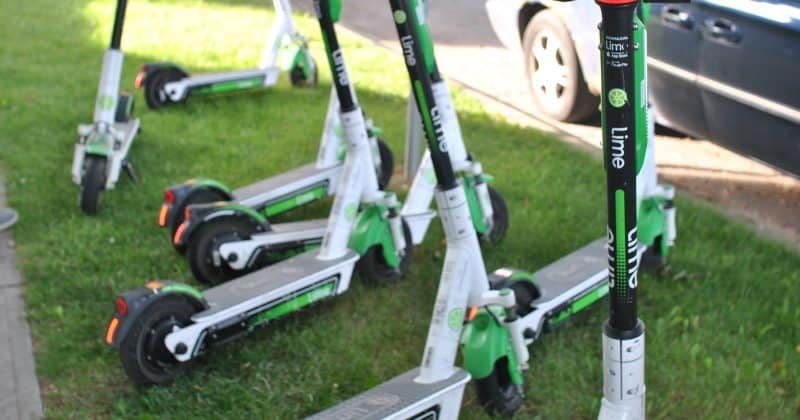November 2, 2020
How Do I Prove My California Car Accident Case? Burdens of Proof Explained
Personal injury deals with matters of liability, fault, and negligence. When it comes to a car accident in California, there are important things that must be proven to determine who is at fault, or in the case of comparative negligence, in what proportion each driver was at fault. In personal injury law, the person who is attempting to recover compensation has that burden of proof. Our California car accident lawyer explains what you need to know about the burden of proof in order to protect your rights to compensation in California.
The first thing to note is that the burden of proof is the burden of persuasion that a party must establish a claim or defense. Most people already know what a burden of proof is, particularly the burden of “beyond a reasonable doubt.” This is the burden required in a criminal case which means a party must proof by 98-100% his or her case.
Luckily in a car accident case, the burden of proof does not need to be proven by 98% or more. Rather, the burden of proof is merely just 51% or more. This is known as a “preponderance of the evidence.” It is much lower and only requires a party to claim that the accident was more likely than not caused by the other party.
But proving fault can be complicated—even if you only have to prove your claim by 51%. Because this also means that the defendant only has to prove a defense that is 50% believable. In a civil trial, the “tie” goes to the defendant. When fault is not easily proven, you are likely to get pushback from insurance adjusters and strong defense lawyers. This is when having a skilled California car accident lawyer on your side is critical.
Our car accident lawyers at the Amicus Legal Group have experience with the burden of proof and the resources to guide and assist you in that. For more information and a FREE case review, contact us today at (888) 588-1777. We are ready and willing to help.

